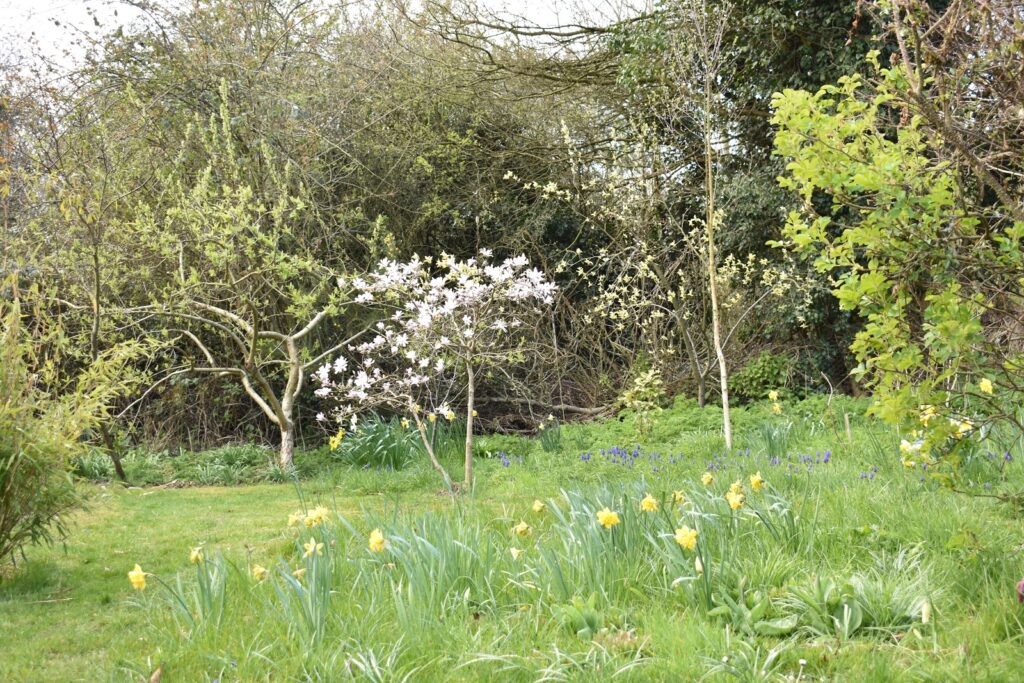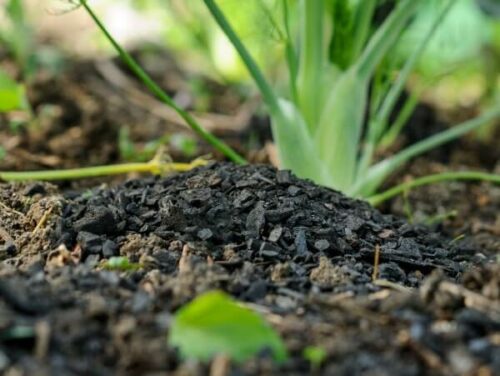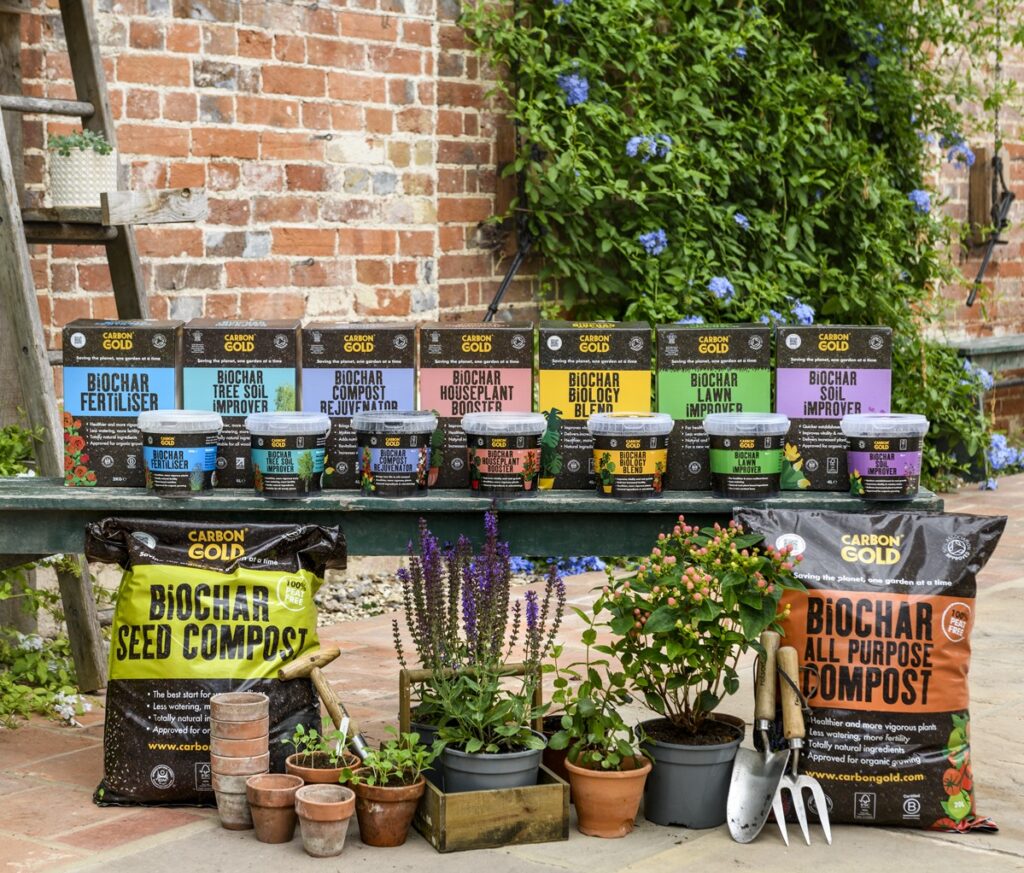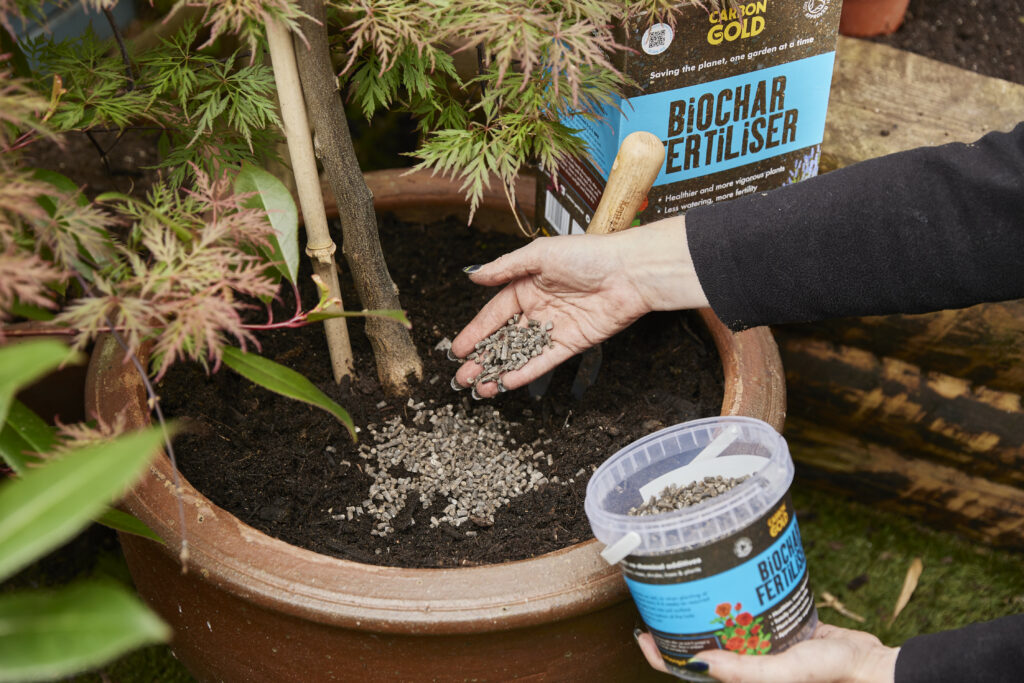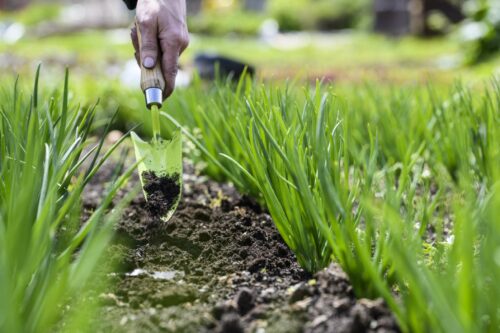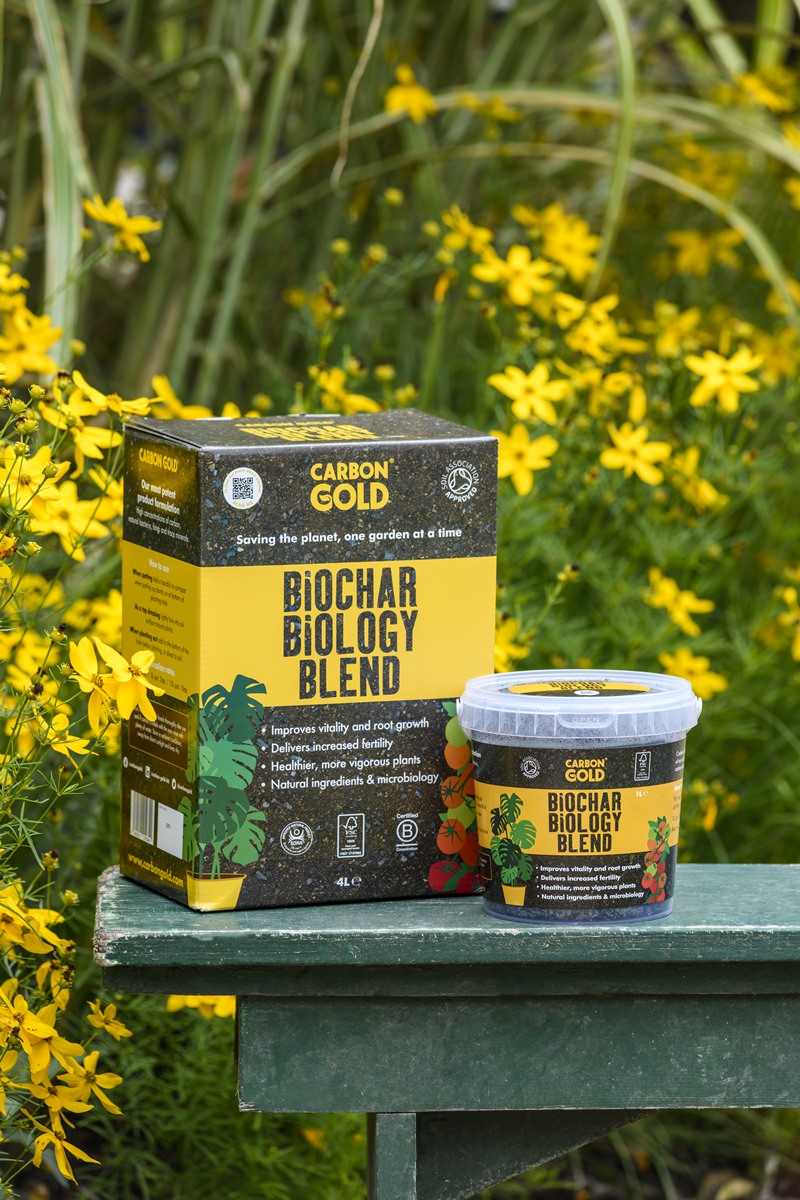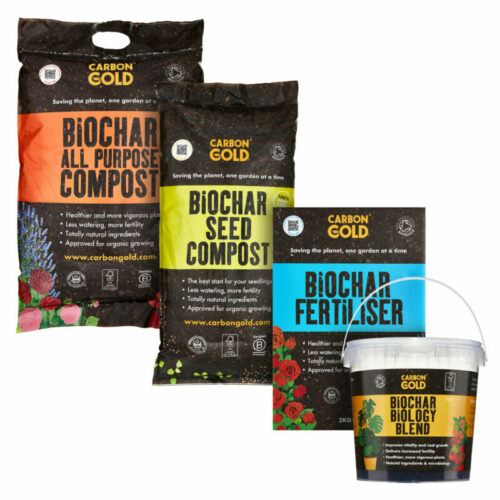We’re thrilled to have Alison at The Blackberry Garden telling us all about her experiences cultivating a wild garden.
It’s great to have one of the best in the business sharing her insights into what it takes.
There’s plenty to be inspired by here!
Growing Wild
I have written often that when I moved to my current location I bought a garden and the house came with it. One of the things I liked most about this garden was that it was that rare thing: a blank canvas.
The previous owner had set the whole garden to lawn with only a couple of trees and the odd rose bush to call its own.
As I walked around the garden thinking about what might happen where, one of the first definites was that I would let the top third grow wild.
Whilst ostensibly a flat garden, there are contours and ridges and there was a definable area that lent itself to being left to just be.
If I am being honest I did not do this with the word ‘sustainability’ in mind, but I did want to see what would happen and I did think it would be good for wildlife and pollinators.
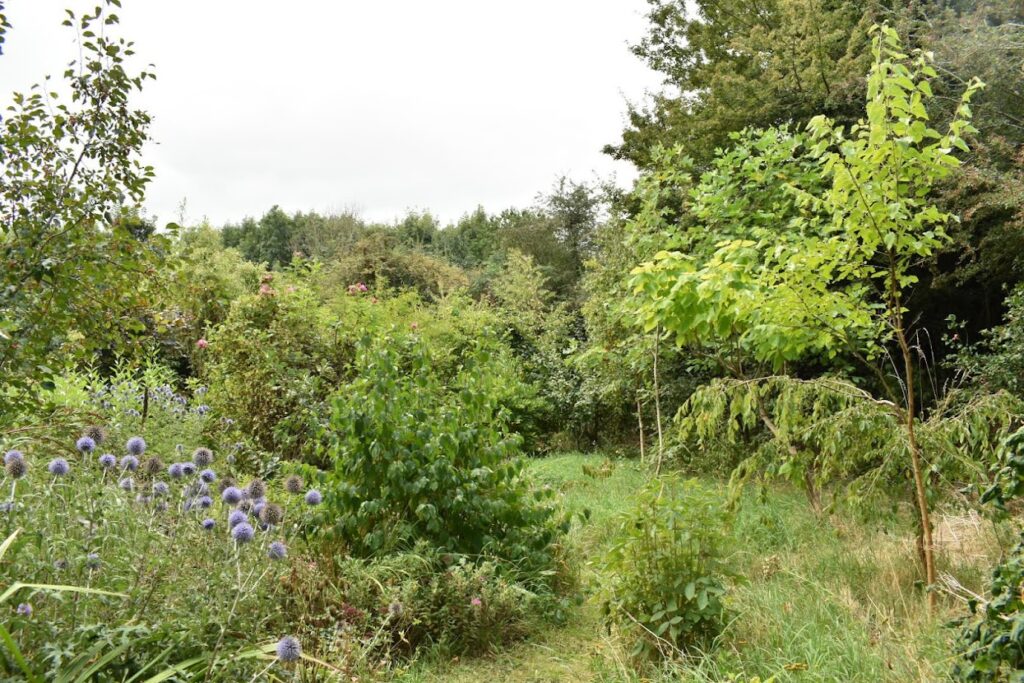
Moving house and garden
I moved into the house in September and just let the grass grow whilst I set to making borders and initial plantings elsewhere in the garden.
To my amazement in the spring, I was greeted by the sight of wild violets. The year progressed and nettles and thistles and ragwort made their presence known.
I controlled the nettles a bit because I had plenty generally and I do get tired of being stung.
I knew that ragwort is poisonous for horses, but there are no horses anywhere nearby the garden, so I did not see this as an issue.
What I did not realise was that they would attract cinnabar moths, whose caterpillars feed off this plant.
I did not even know what a cinnarbar moth was until I saw them in the garden and had to google them.
This alone confirmed my decision that a wild garden was the right thing to do.
Creating a wild garden
Years have passed and at times I have attempted to tinker with this area. I have planted yellow rattle plugs to try and reduce the height of the grass.
The grass grows very long, nothing like the short respectable meadow areas I see on my travels.
The cow parsley runs rampant and I try and deadhead it before it can set too much seed and take over the garden completely.
I once planted some more wildflowers in this area from a local seller of native wildflowers. My wild garden tolerated them for a year and then carried on in its own way.
I have successfully planted some trees in this area. A couple of fruit trees (medlar and quince) and a silver birch plus a euonymous and amalanchier.
I confess to not worrying too much about only planting native trees in my garden, it is boundaried by field maples and hawthorn and blackthorn trees; but I also know that native trees will probably thrive best so they remain most prominent.
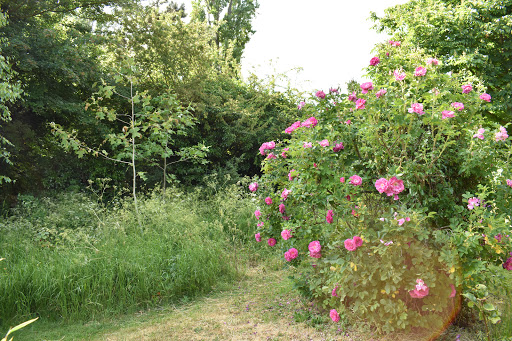
Nurturing through the seasons
I have successfully planted many snowdrops into this garden.
In the last days of winter and early spring the snowdrops appear to my great delight.
This is the most cultivated that this part of the garden has become.
I mow paths through it but generally I do not tinker with it anymore.
It has made its opinions very clear on what it wants to grow and not grow and I listen and learn from it.
The rest of the garden also tells me what should go where and what should be done, yet at times I speak over it and impose my will.
I love all parts of my garden but the wild garden has a spirit of its own that I treasure.
I am lucky to have around 1/3 acre garden to play with, but a wild patch does not have to be large, a small neglected area in that difficult corner you struggle to garden anyway is perfect for a moment of joy to our wildlife and insects.
We all want our gardens to buzz and grow, and a moment of garden anarchy adds beautifully to the mix.
If you’re interested in reading more about eco-friendly gardening, see our own blog on the subject here.
